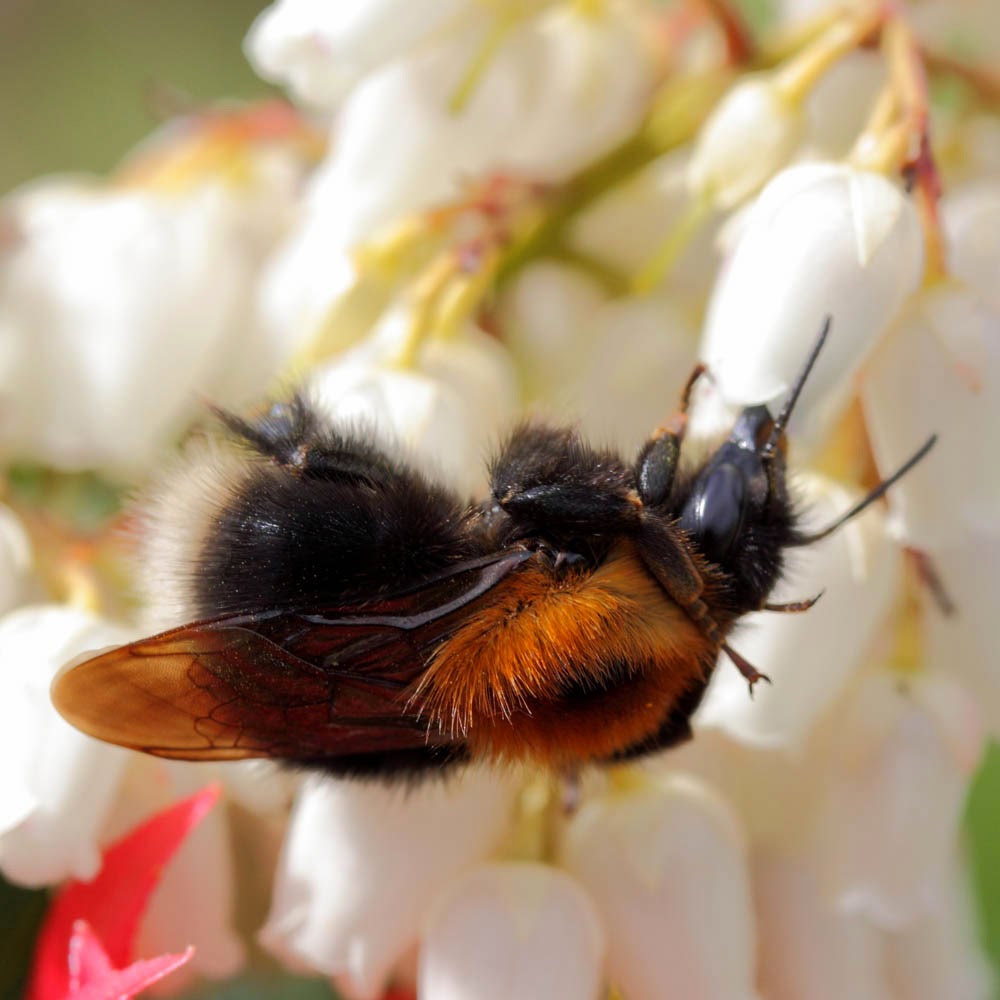A couple of weeks ago, we went with the Hastings Botany Group to Bexhill High Woods led by Jacqueline Rose with a few equally knowledgable botanists. For me the highlight was being introduced to a plant called Butcher's Broom which looks very much like common broom with green stems and small leaves, but this plant doesn't have any leaves. Instead, the leaf-like projections from the main stem are in fact modified stems, and the flower grows out from the middle of the 'leaf', to be replaced eventually by a red fruit. Apparently the name comes from its ancient use for sweeping butcher's blocks. The roots may be used medicinally and are alleged to relieve venous insufficiency.
 |
| Butcher's Broom (Ruscus aculeatus) |
 |
| Butcher's Broom Flower (Ruscus aculeatus) |
Another interesting find was a sample of wood stained by the fungus Green Elf Cup (
Chlorciboria aeruginascens). The mycorrhiza (roots) of the fungus stain the wood it grows in, a stunning shade of green. The fruiting bodies - the elf cups, are rarely seen but the stained wood is fairly common. In the 18th century, the wood thus stained was highly prized for marquetry. Small wooden boxes with the tops inlaid with the wood became known as Tunbridge ware.
 |
| Green Elf Cup Staining |
At the end of the walk, two very bright, metallic looking micro-moths presented themselves - obviously testing out the range of interest of the Botany Group. One has been identified as
Adela reaumurella, or the Green Longhorn. The other has not been identified but is possibly a
Nemophora species.
 |
| Green Longhorn (adela reaumurella) |
 |
| Green Longhorn (adela reaumurella) |
 |
| Unidentified, possibly Nemophora sp |






















